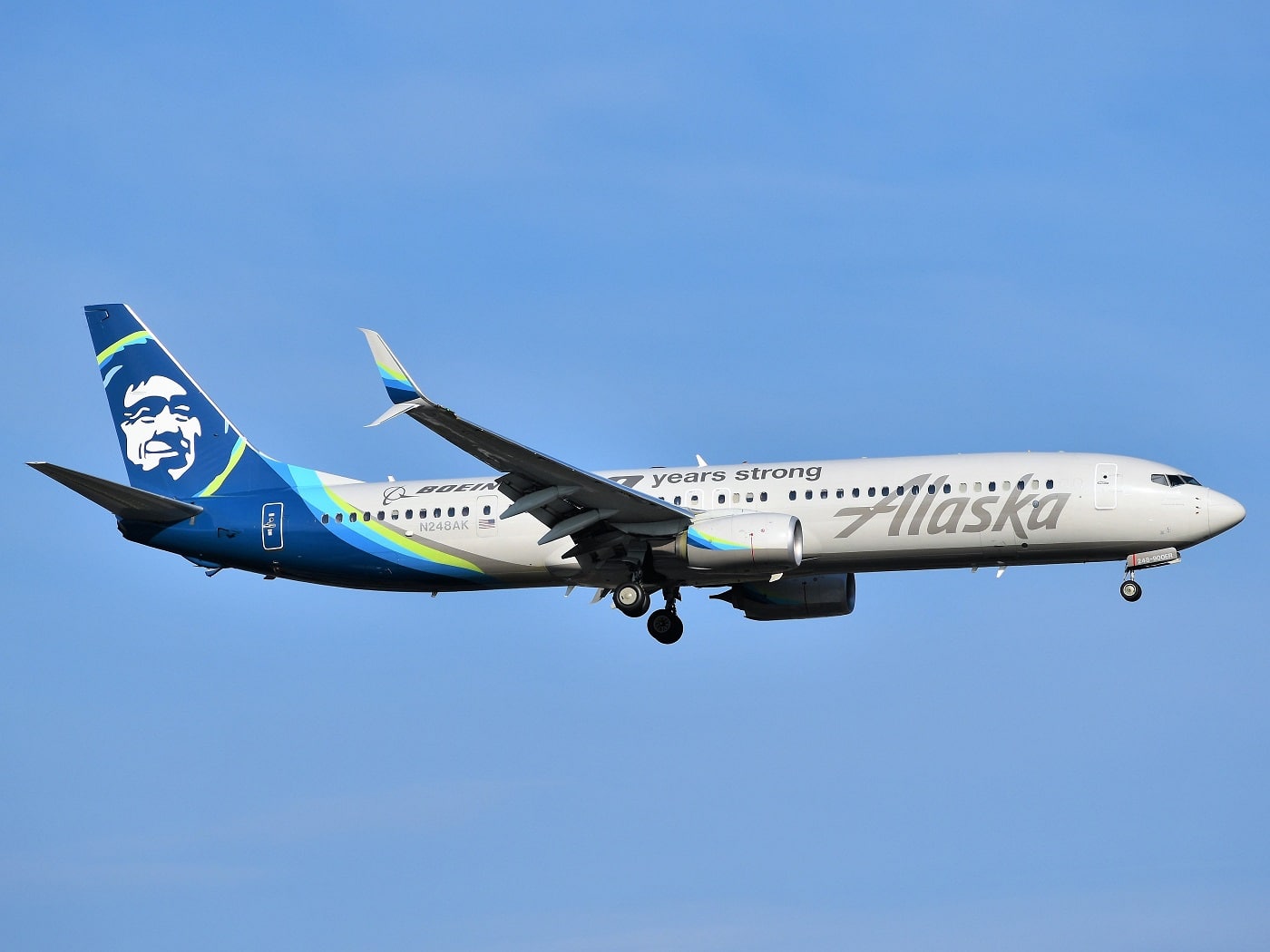Aerospace
FAA Activates New GPS-Guided Routes in Alaska to Fly Below Hazardous Weather
#FAA Activates New #GPS-Guided Routes in #Alaska to Fly Below Hazardous Weather

The Federal Aviation Administration (FAA) is publishing 54 GPS-guided routes in Alaska, allowing pilots to navigate direct flight paths at lower altitudes to avoid icing conditions. The 30 new and 24 amended Terminal Transition Routes, known as T-routes, are part of the FAA’s Alaska Aviation Safety Initiative.
“Flying in Alaska is unlike any other place in the United States,” said Acting FAA Administrator Billy Nolen. “T-routes will provide pilots additional options for completing their missions safely in this uniquely challenging environment.”
Malaysia regains US FAA’s Category 1 safety rating(Opens in a new browser tab)
Pilots use T-routes to navigate along specific points while flying under instrument flight rules (IFR) using approved Global Positioning System (GPS)/Global Navigation Satellite System (GNSS) equipment. To date, 13 have been activated; another 20 are expected to go live in November and December, and the remainder in 2023.
The FAA launched the Alaska Aviation Safety Initiative in October 2020. The agency issued 11 recommendations last October on how to increase aviation safety in Alaska after a comprehensive yearlong examination of safety issues specific to Alaska, where more than 80 percent of communities are accessible only by air. The development of T-Routes was included in those recommendations.
Virgin sues Alaska Airlines for $160m in trademark dispute(Opens in a new browser tab)
The FAA is developing additional T-routes to replace Low Frequency/Medium Frequency (LF/MF) airways between now and 2025.

Aerospace
When Ratan Tata was denied entry to the airfield at the Aero India show, he waited

During our visit to Aero India 2019, we had the unexpected opportunity to see Ratan Tata at the event, which was a thrilling moment for us. However, there was a surprising hiccup when the security staff didn’t allow him to enter due to a lack of a security pass.
Despite this, he remained calm and patiently waited for about 20 minutes until a member of the Tata team brought him the required pass, after which he calmly proceeded inside. It was a humbling sight, showcasing his composed demeanor even in such situations.
Ratan Tata ji is not only a renowned industrialist but also a trained pilot, holding a pilot’s license. In 2007, he became the first Indian civilian to fly the F-16 Falcon during the Aero India show in Bangalore—a proud moment for the nation.
His passion for aviation extended beyond flying, as he played a key role in shaping India’s aerospace industry. Under his leadership, Tata ventured into manufacturing and maintaining aerospace components while upholding its legacy of quality. Notably, Tata’s collaboration with Airbus to develop and manufacture the C295 aircraft is a testament to its growing influence in the sector.
-

 Aviation2 months ago
Aviation2 months agoMicrosoft Flight Simulator Raises $3 Million to Bring Back the An-225 Mriya
-

 Airlines2 months ago
Airlines2 months agoQatar Citizens Can Travel to the United States Without a Visa
-

 Aviation2 months ago
Aviation2 months agoQatar Airways bans these new Electronic Devices on plane
-

 Airlines2 months ago
Airlines2 months agoJapan Airlines Rolls Out Free Domestic Flights to International Passengers
-

 Defence2 months ago
Defence2 months agoWhich Country Has the Largest Fleet of Fighter Aircraft?
-

 Airport2 months ago
Airport2 months agoWestern Sydney Airport Welcomes Its First Plane After 6 Years of construction
-

 Airlines4 days ago
Airlines4 days agoDAMAC Air: Dubai’s New Luxury Airline Offers Free Flights for Registration
-

 Aviation2 months ago
Aviation2 months agoDid you know ? Once Boeing 747 carried 1088 passenger in 1991








